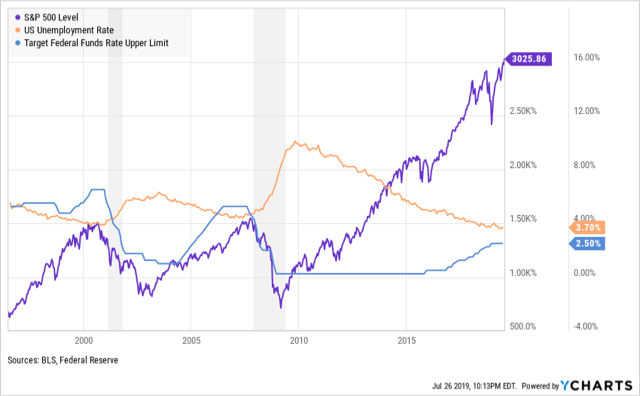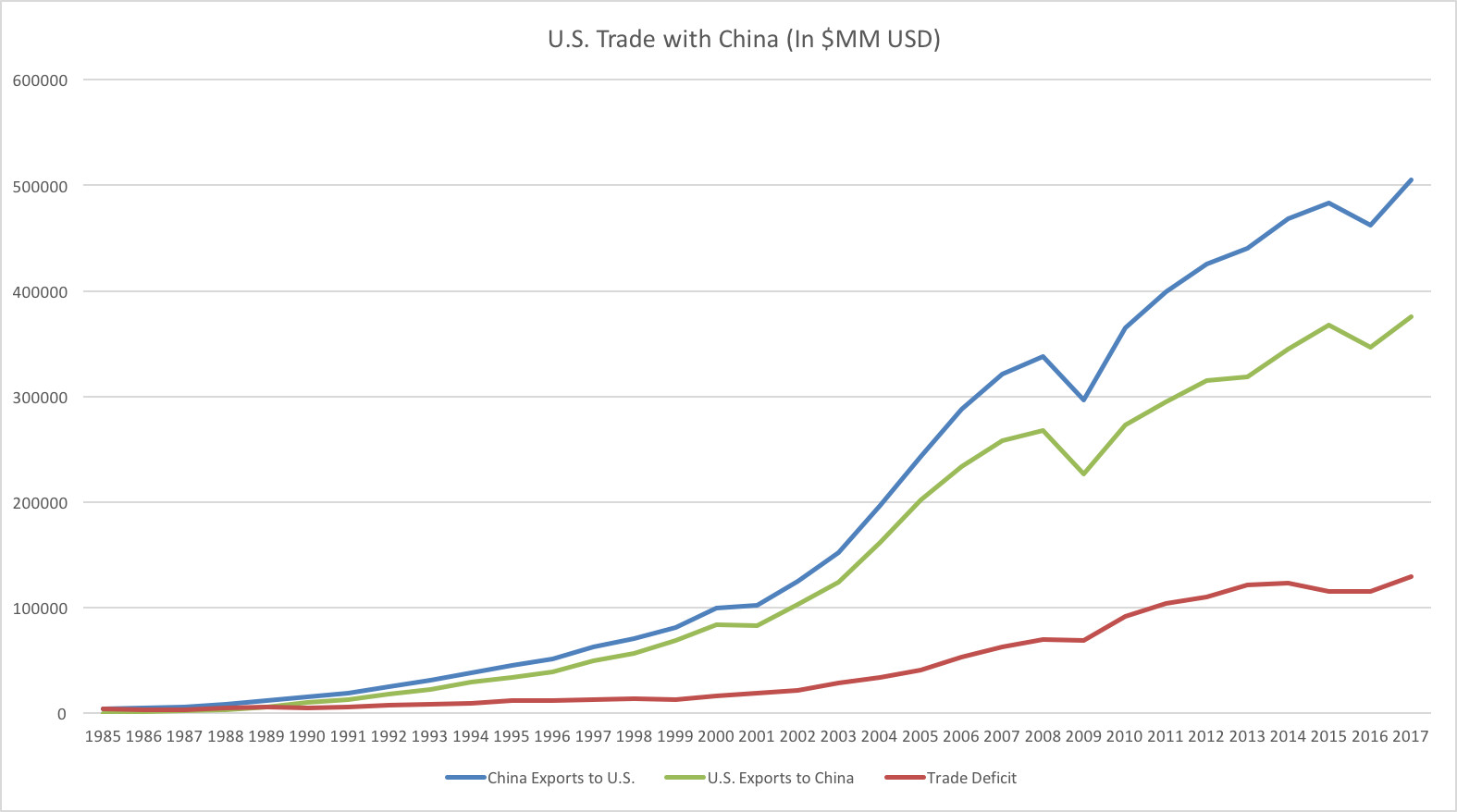We feel investors should have an information outlet for the financial markets that is thorough, but does not require a prerequisite degree in economics. We hope this makes our commentary informative and educational for all levels of investors.
Quarter in Review
| Asset Class† | 3rd Quarter 2020 Return | Past 12 Months |
| U.S. Small Cap Stocks | 4.9% | 0.4% |
| U.S. Large Cap Stocks | 8.9% | 15.1% |
| International Stocks | 6.3% | 3.0% |
| Commodities | 9.1% | -8.2% |
| U.S. Bonds | 0.6% | 7.0% |
The 3rd quarter of 2020 was yet another quarter where the final reading of the financial markets does not tell the whole story. The S&P 500 stock index regained all the losses from earlier in 2020, peaking in early September, before retreating four weeks in a row to a still-impressive 8.9% return for the quarter.
The S&P 500, however, reflects only large U.S.-based companies; a segment of the stock market that has been more resilient in 2020. Small-company and non-U.S. stocks, which fell further in the Spring, have yet to regain the losses, remaining in negative territory for the year-to-date. A bright spot is tech-heavy growth stocks have soared in 2020, especially compared to older-economy value stocks. The large-company Russell 1000 Growth index has outperformed its Value counterpart by over 35% in 2020 through the 3rd quarter, widening the divide between those two camps over the past decade to historic proportions.
On the other hand, there has been more uniformity to the bond markets in 2020, with most areas seeing continued gains. The Bloomberg Barclay’s Aggregate index, the standard for U.S. bond measures, turned in a nearly 1% return for the quarter, the ninth consecutive quarter of positive returns. Adding to this streak will be challenging in the coming quarters since bond prices have an inverse relationship to interest rates, where bond prices increase as interest rates decline.
For the past decade, interest rates declined across the globe, leading to this nearly uninterrupted run of bond price increases. With interest rates for 10-Year U.S. Treasury notes under 1%, there is little room for additional gain, assuming interest rates cannot fall below 0%. That assumption, however, may be tested in the coming quarters as many other developed countries have long-term interest rates well into negative territory. In such a scenario, an investor pays a bank to hold their money. This head-scratching concept is due to negative inflation rates (as are occurring in most European countries) where prices for goods and services are declining. In essence, negative inflation incentivizes consumers to delay purchases to pay less in the future. With no eagerness to make purchases, banks can essentially charge a safe-keeping fee. A piggy-bank may prove to be the better approach.
Election Preview
With less than one week to go until election day, most polls are indicating a Joe Biden win and Democratic control of both houses in Congress. However, as we now know from the 2016 election, polls can be very wrong.
If the predictions are correct in 2020, this will be the 5th time in the last 40 years when one party controls all three elected arms of the federal government. Two times apiece for Democrats and Republicans. How has this played out for the stock market? The table below shows the annualized return for the S&P 500 for each period of one-party control:
| Republican Controlled |
| 2002-2006 12.9% |
| 2016-2018 15.7% |
| Average 14.3% |
| Democrat Controlled |
| 1992-1994 8.4% |
| 2008-2010 11.5% |
| Average 9.9% |
Average of Entire Period (Nov 1992-Nov 2018) 9.7%
While drawing a meaningful conclusion from four data points is somewhat frivolous since voter whims do not dictate economic cycles, stock market returns with one-party control are similar to the average for the entire 40 year period.
The volatility that returned to the stock market this week indicates that investors see uncertainty around the path of COVID-19 and perhaps how surging cases could cloud election forecasts. Due to these circumstances, Wilson Capital will distribute a post-election newsletter to outline the election results and what they mean for the U.S. economy heading into 2021.
IMPORTANT INFORMATION
The information presented here is not specific to any individual’s personal circumstances.
To the extent that this material concerns tax matters, it is not intended or written to be used, and cannot be used, by a taxpayer for the purpose of avoiding penalties that may be imposed by law. Each taxpayer should seek independent advice from a tax professional based on his or her individual circumstances.
These materials are provided for general information and educational purposes and represents Wilson Capital’s views based upon publicly available information from sources believed to be reliable—we cannot assure the accuracy or completeness of these materials. The information in these materials may change at any time and without notice.
Wilson Capital is a Registered Investment Advisor (“RIA”), registered in the state of Massachusetts. Wilson Capital provides asset management and related services for clients nationally. Wilson Capital will file and maintain all applicable licenses as required by the state securities boards and/or the Securities and Exchange Commission (“SEC”), as applicable. Wilson Capital renders individualized responses to persons in a particular state only after complying with the state’s regulatory requirements, or pursuant to an applicable state exemption or exclusion.




